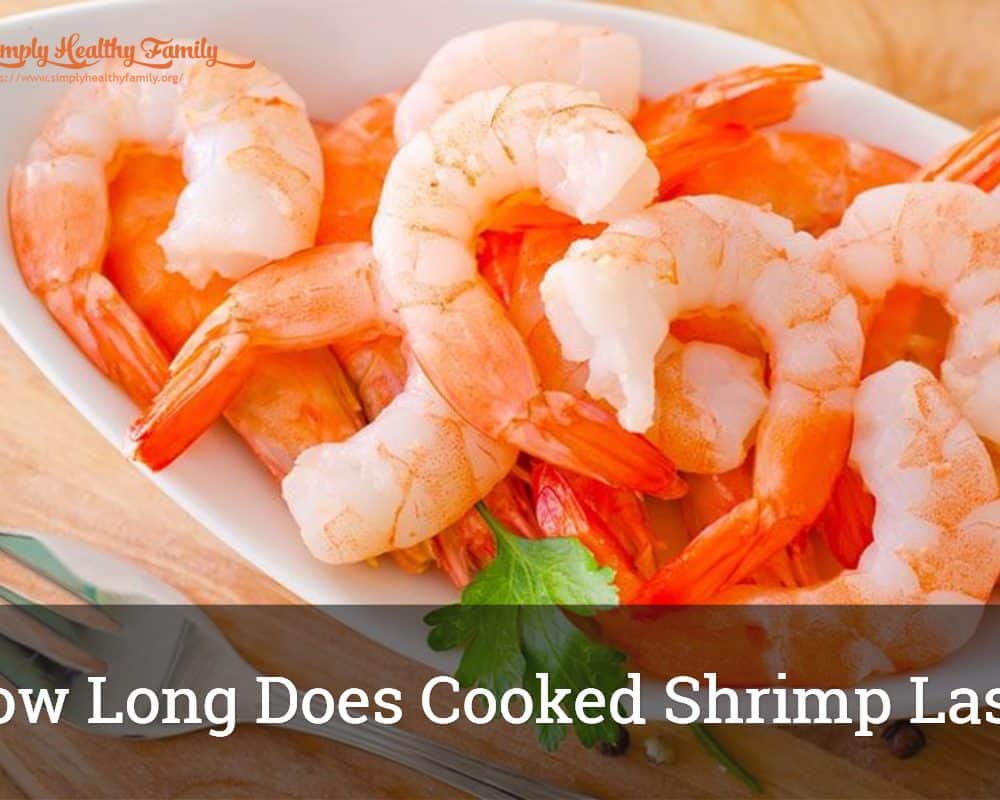Hey there, fellow food lovers! Today I’m gonna share everything you need to know about sautéing shrimp perfectly. After years of cooking shrimp (and yes, making plenty of mistakes along the way!), I’ve figured out the exact timing and techniques for getting that restaurant-quality result right in your kitchen.
The Quick Answer
Let me start with what you really wanna know – shrimp typically needs about 2-3 minutes per side when sautéing But hold up! There’s more to it than just watching the clock
Cooking Times Based on Shrimp Size
Different sized shrimp need different cooking times. Here’s my tried-and-tested timing guide:
- Small Shrimp: 2-3 minutes total (about 1-1.5 minutes per side)
- Large Shrimp: 4-6 minutes total (2-3 minutes per side)
- Jumbo Shrimp: 6-8 minutes total (3-4 minutes per side)
How to Tell When Shrimp is Perfectly Cooked
Look for these signs:
- Color changes from gray-blue to pink
- Flesh becomes opaque
- Shrimp forms a “C” shape (if it’s an “O” shape, you’ve gone too far!)
- Internal temperature reaches 145°F
My Pro Tips for Perfect Sautéed Shrimp
1. Prep Work Matters
- Pat shrimp completely dry before cooking
- Remove shells (unless recipe says otherwise)
- Devein the shrimp (that dark line ain’t appetizing!)
- Let them reach room temp for even cooking
2. Pan Selection and Heat
- Use a heavy-bottom skillet or non-stick pan
- Heat pan before adding oil
- Oil should shimmer but not smoke
- Don’t overcrowd the pan (work in batches if needed)
3. Seasoning Ideas
Here’s my favorite simple seasoning mix
- 1 tsp Italian seasoning
- ½ tsp salt
- ¼ tsp black pepper
- ½ tsp paprika
Common Mistakes to Avoid
-
Overcooking – This is the #1 reason for rubbery shrimp. Trust me, you’d rather slightly undercook (you can always cook more) than overcook!
-
Overcrowding the Pan – I know you wanna cook everything at once, but resist the urge! Overcrowding = steamed shrimp instead of sautéed.
-
Not Prepping Properly – Wet shrimp won’t brown nicely. Take the extra minute to pat them dry!
My Favorite Garlic Butter Shrimp Recipe
Here’s a super quick recipe I love:
Ingredients:
- 1 lb large shrimp, peeled and deveined
- 8 Tbsp butter
- 2 garlic cloves, minced
- Seasoning mix (as mentioned above)
- 1 lemon
Instructions:
- Mix seasonings and coat shrimp
- Melt butter with garlic over medium heat
- Add shrimp, cook 2-3 mins per side
- Finish with fresh lemon juice
Storage and Reheating Tips
- Store leftover sautéed shrimp in an airtight container
- Keep in fridge for up to 3 days
- Reheat gently in a pan with a bit of butter
- Avoid microwave if possible (makes ’em rubbery!)
FAQ
Q: Can I use frozen shrimp?
A: Yep! Just thaw completely and pat dry first.
Q: Should I leave the tails on?
A: Your choice! I leave ’em on for presentation but remove for easier eating.
Q: Can I use olive oil instead of butter?
A: Sure can! Just watch the heat – olive oil has a lower smoke point.
Remember, practice makes perfect! Don’t get discouraged if your first try isn’t restaurant-worthy. Keep at it, and you’ll be a shrimp-sautéing pro in no time!
Would you like me to explain how to adjust these techniques for specific recipes or have any other questions? Drop a comment below!
Happy cooking!
Would you like me to explain or break down any part of this article in more detail?

What Kind of Shrimp to Buy
Shopping for shrimp can be overwhelming. You’ve got fresh, frozen, peeled, tail-on, and the list goes on. Here are a few tips for what to look for when you’re shrimp shopping:
- Find medium or large shrimp. Medium shrimp may be labeled 41 to 50 count, and large-size shrimp are labeled as 31 to 40 count. (I like jumbo shrimp for grilling or with a chimichurri with red pepper flakes.)
- Use tail-on or peeled. If you accidentally buy shell-on shrimp, just peel the shell with your fingers before cooking, leaving the tail on. (Pull the tails off before eating.)
- Buy fresh or frozen. Both are the same freshness, since most shrimp are flash frozen after they’re caught. Just make sure to thaw the shrimp before cooking.
- Devein your shrimp. If they’re frozen, this has likely been done for you already. While that visible “vein” — which is actually the shrimp’s digestive tract — is safe to eat, removing it could get rid of some potential grit in your dish.
- Consider wild-caught. Wild-caught seafood is usually a sustainable choice, but there are quality options in well-regulated farms. Check out the Seafood Watch Consumer Guide.
Pro Tip: Best Way to Thaw Shrimp
Frozen shrimp is so convenient. You can pull it out of the freezer immediately, making it perfect for quick meals after busy days. I know I can relate to that scenario!
Here are two ways to thaw shrimp for this easy sautéed shrimp recipe:
- Day before: Place the frozen shrimp in the refrigerator overnight.
- Day of: Place the frozen shrimp in a large bowl with very cold water. Stir the bowl every 5 minutes to break up clumps that freeze together. The shrimp should defrost in about 15 minutes. Make sure to pat them dry before cooking.
